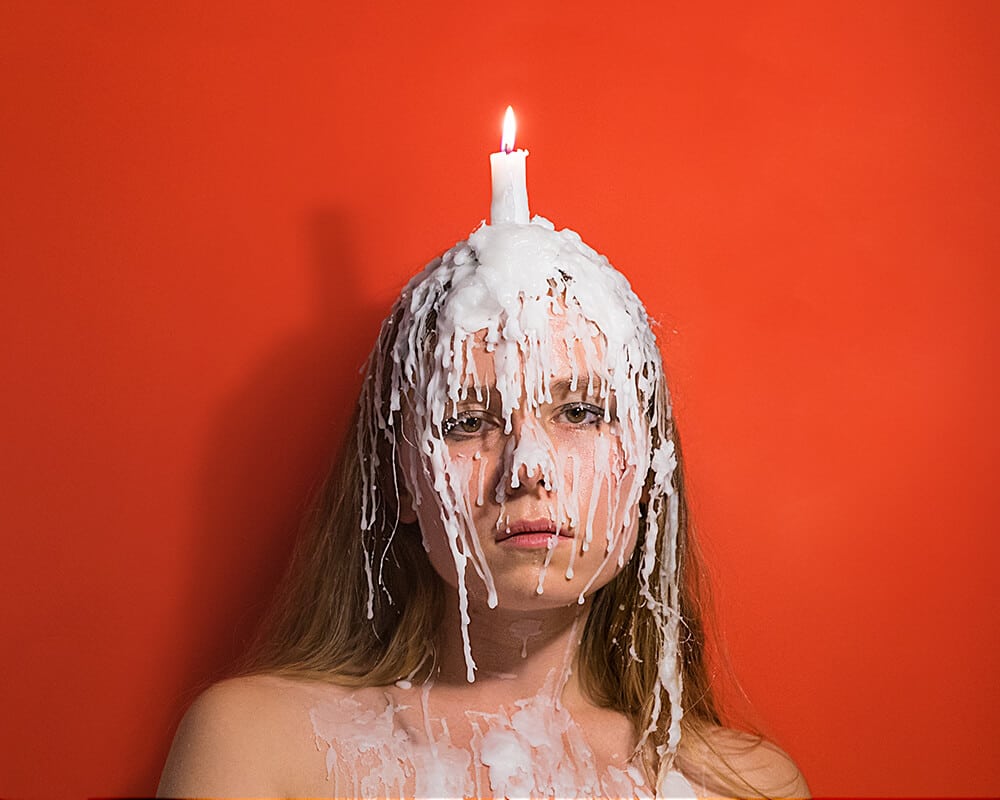INTERVIEW
Trash Magic
WITH SAGE SZKABARNICKI-STUART
An interview with Sage Szkabarnicki-Stuart
“Trash piling up everywhere can be harmful and scary but it also imbues a kind of magic-realism to natural landscapes. The interaction between nature and plastic is creating a whole new reality that no one has ever seen before”
Sage Szkabarnicki-Stuart won our first theme of Life Framer Edition V – The Face of the Earth – with a mesmerizing contemporary landscape shot on her grandparent’s land just before it was sold to developers. You can see that image and read the jury’s comment on it below.
Keen to know more we put some questions to Sage, and her answers were illuminating, thought-provoking and amusing, touching on themes as diverse as clandestine night photography in Toronto, the age of plastic, female perspectives on war photography and surviving the apocalypse!
Congratulations on winning our theme ‘The Face of the Earth’. How do you resonate with the jury’s comments?
Thanks so much! I’m happy that the jury pointed out how social isolation and digital communities are seen as opposing forces in tech. The photo portrays phones as a powerful asset to our lives, bringing us closer together, while simultaneously alienating us from the physical world. I was showing this photo recently and a lot of people who saw it really zoned in on the latter interpretation, without thinking as much about all the ways technology allows us to connect to others. I think that says a lot about where our culture is at right now when it comes to technology- we seem to love our phones in practice, but are more aware of the negative consequences than the positive ones. I’m really glad that the jury talked about both sides.
Can you tell us a little bit more about the image and how you created it? Is it a single shot, or part of a larger body of work?
People have been telling stories about the stars for eons and that got me thinking about the ways we tell and share stories today. Of course, when I found this spot I immediately got out my phone and tried to take a picture of the stars to send to my friends. That’s when I got the idea for the final photo.
The image is part of a series of photographs. I pick an outdoor or indoor space and try to tell a story about it with things lying around the area or with what I have on me. I really like spots that are kind of boring. In the case of this field, it’s pretty unremarkable, but the starry sky was striking.
You describe your interest in exploring notions of ‘home’, and how we interact with our home environments. What was the genesis of this interest, and how does it relate to your hometown of Toronto? Is it a good place for artists to live and work?
I have moved around a lot. My parents sold my childhood home last year and moved across the country, my grandparents just sold their homestead in Alberta, and I have moved 5 times in the past year. I’ve gotten used to reducing my possessions to what can fit into my car. It hasn’t been a super positive experience but it hasn’t been awful either: it’s brought up a lot of questions about what exactly defines a home, or a home town. The photos are a way of trying to figure that out. They’re probably also a way of making myself feel less guilty for throwing out or losing some pretty cherished possessions en-route to each new apartment.
Toronto is a tricky place for my kind of photography. I just moved from Montreal, where people were much more tolerant to strange behaviour in public spaces. People are suspicious here. It’s a good thing though, it makes me feel like I’m being rebellious when I go out to take a photo. Someone even called the cops on me recently and an officer came down to reprimand me. It’s exciting!
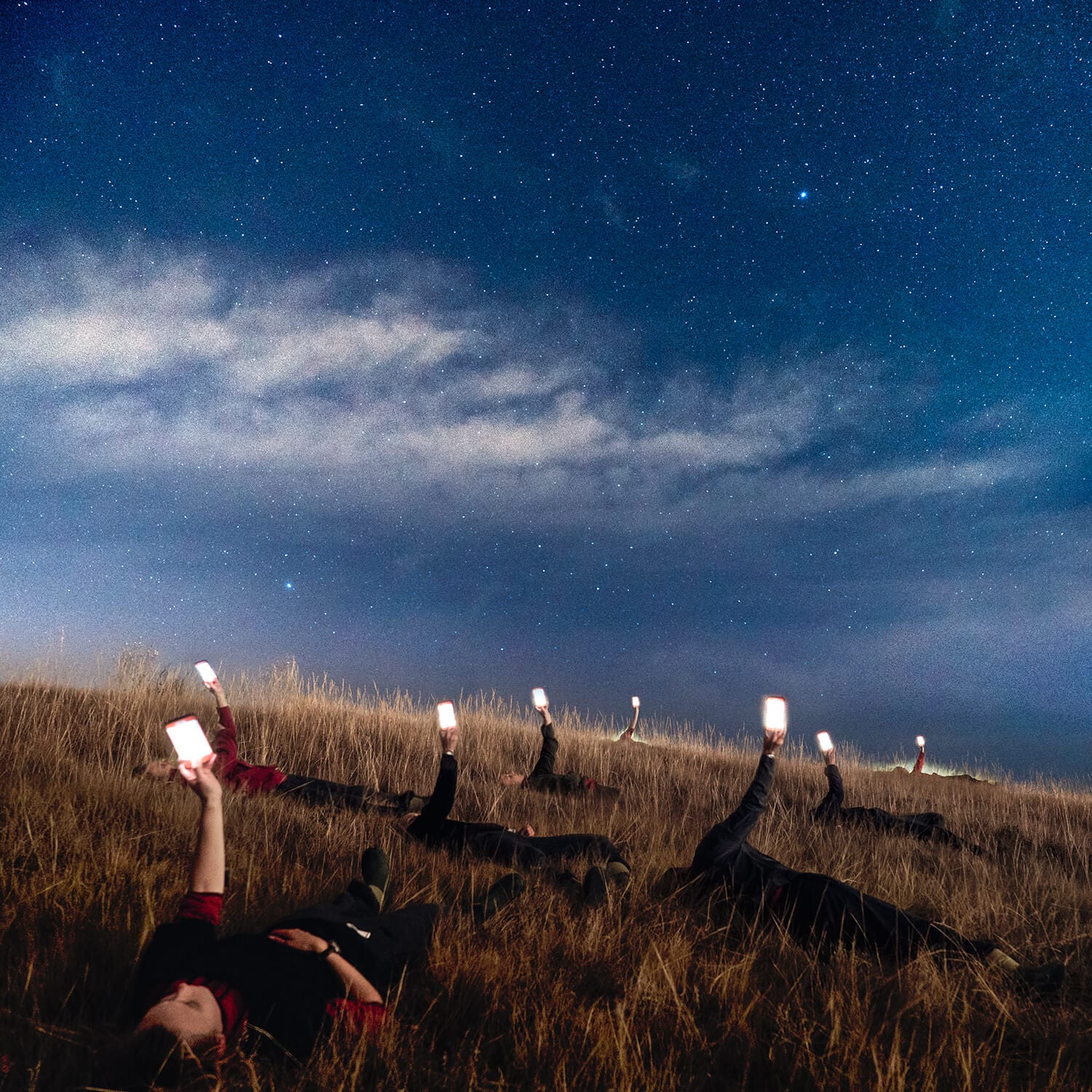
Sage’s winning ‘THE FACE OF THE EARTH’ image: ‘A Place That Doesn’t Exist Anymore’
“This scene is epic and cinematic, and at the same time charmingly home-made, the textured grain and brilliant night sky evoking that near dream-like state that can come with the freedom a vast open landscape provides. There are perhaps two interpretations to be made – on the one hand, it can be seen as a celebration of the human connection that technology enables, the phones creating their own constellations underneath the distant stars, symbolising the vast distances across which we can now communicate. And on the other it warns of that all-powerful hold these screens have over us, distracting us from the present moment, the subjects here almost worshipping their devices, holding them aloft like idols to a new god. It’s this inherent dichotomy – an image that conjures grand themes with a few friends and simple props – that makes it so captivating” – Life Framer

‘I Brought You Flowers’
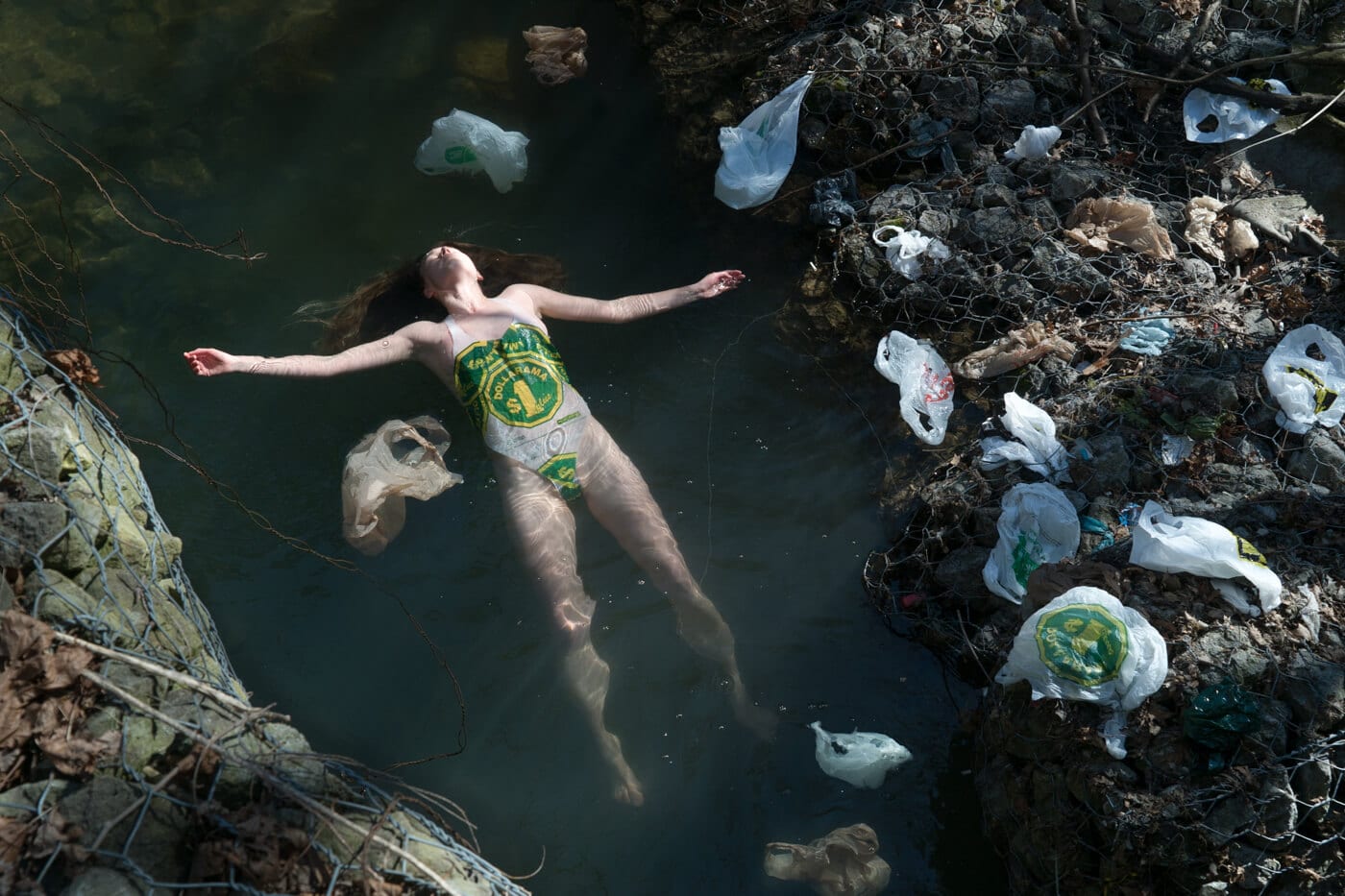
‘Urban Stream’
You’re self-taught, but you’ve also studied at Concordia University. Was this in a related subject? How did you nurture your interest in photography?
I studied animation at Concordia but was not very good at it. I had to do a lot of drawing things over and over again at the computer and went a little crazy, so I started coming up with these ideas for paintings or illustrations, but was so bad at drawing that I figured it would be easier to take them as photographs. But because the ideas are not very practical, and are sometimes dangerous or require animal training abilities and lots of patience, no one wanted to model for the pictures. So I just started doing them all by myself. It’s really the process, the adventure and the physical challenges of working with real spaces that make photography interesting, and the pictures always come out differently than I had originally pictured in my head.
What are some of your touch-points? Are there particular photographers or artists and thinkers more broadly that inspire you?
Going for walks while listening to cheesy pop music is very inspirational. I analyze the lyrics for themes and imagery that recur across sub-genres of pop and apply those elements to my photography. I want people to understand the stories told in my photos and pop music lyrics give me tools to do that.
My two biggest visual inspirations are Ami Vitale and Chiara Bautista. Ami Vitale is a photographer who spent much of her early career as a war photojournalist. She’s talked about how sometimes important stories were happening in spaces where men were forbidden, so they weren’t being documented. Ami sought out alternative narratives that weren’t being covered by the swaths of (mostly male) war photojournalists, partly because she had access to them, and partly because she was able to recognize when her original idea for a photo wasn’t as good. Her career is defined in some measure by her ability to not be sucked into tunnel vision – she was able to see fresh stories happening just beyond the scope of what everyone else was documenting.
Chiara Bautista’s illustrations have animals and humans competing and cooperating in a really intimate way. Her work has inspired me to think about the relationships I have with city animals, which plays a big role in my photography. Her drawings are so good they’re almost cheesy: that’s what makes them irresistible!
Is there one particular image you’ve taken that you’re most proud of or close to? Why’s that?
In this recent photograph called OK BYE! I had to jump about 10 feet off a wall onto rocky ground at night. I dragged a couple of mattresses over and stood on that wall for about 9 hours before having the courage to jump (I’m very scared of heights). You can see how freaked out I am by looking at my facial expression in the picture. That was taken on the first jump. After the first jump I realized how fun it is to fly through the air like that. So I decided to just keep jumping for the hell of it, and then some of the tenants got angry, so I had to go. It’s definitely one of the images I’m most proud of because it got me to overcome a big fear.
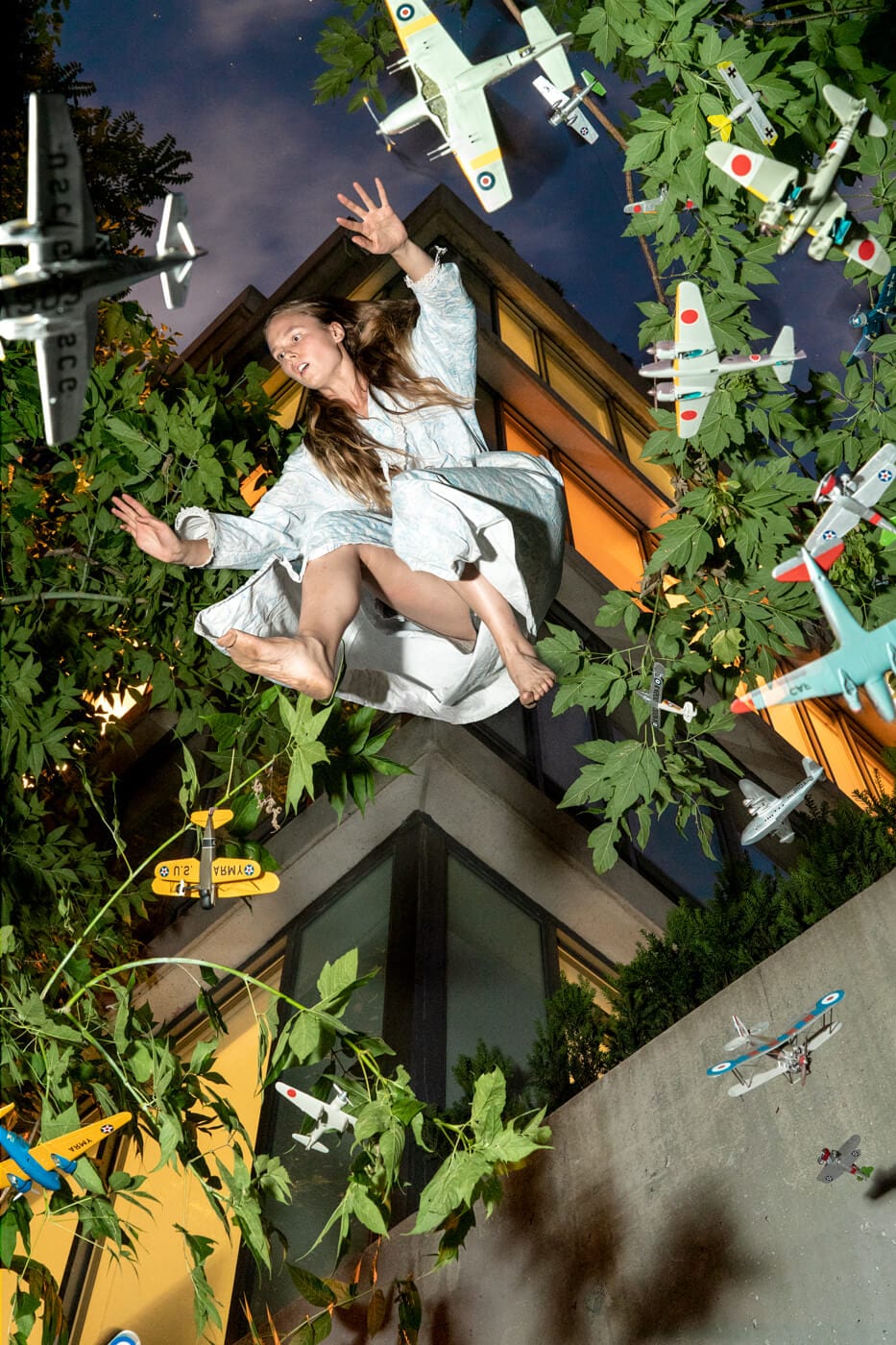
‘OK BYE!’
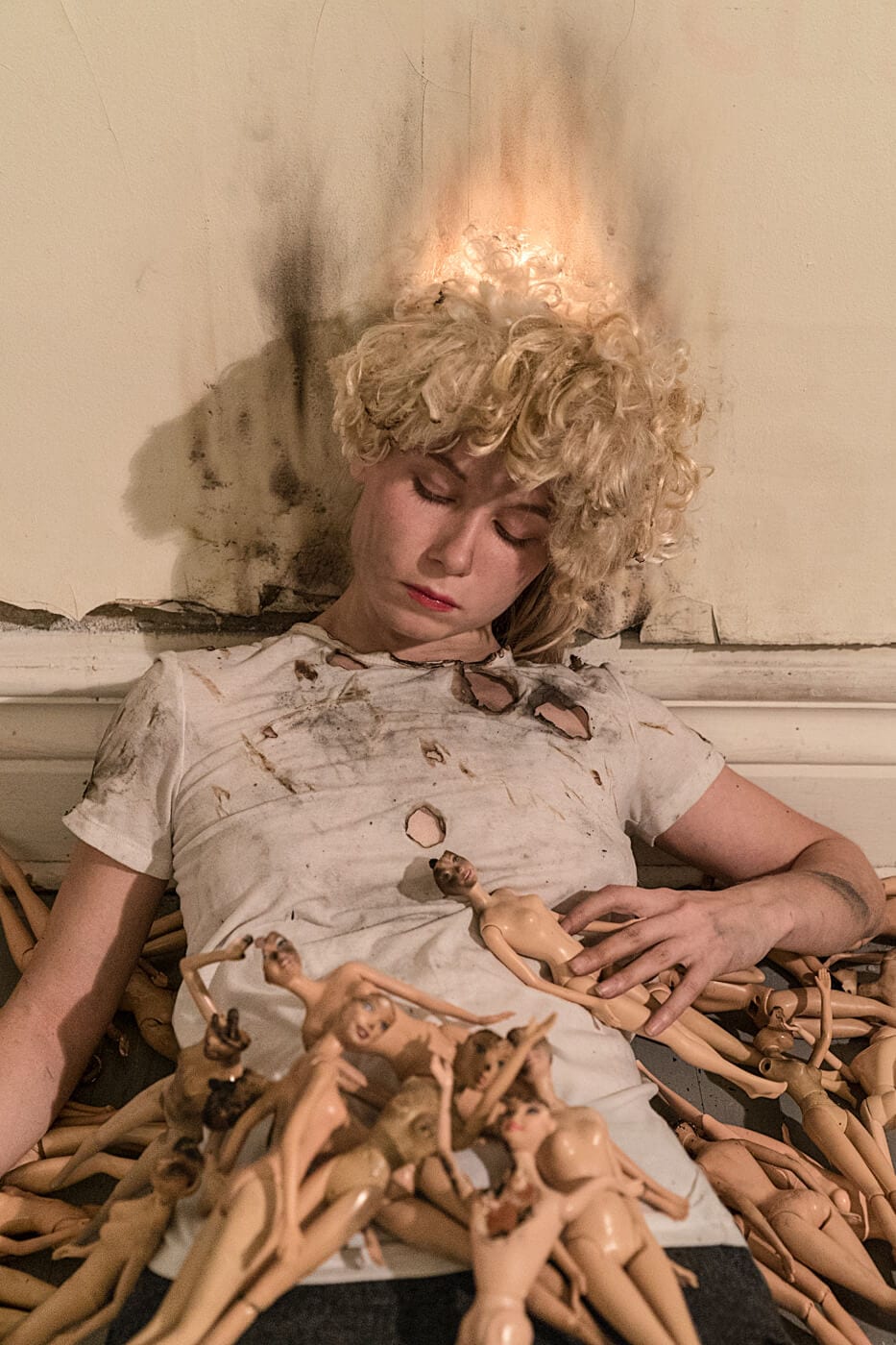
‘Hair Envy’
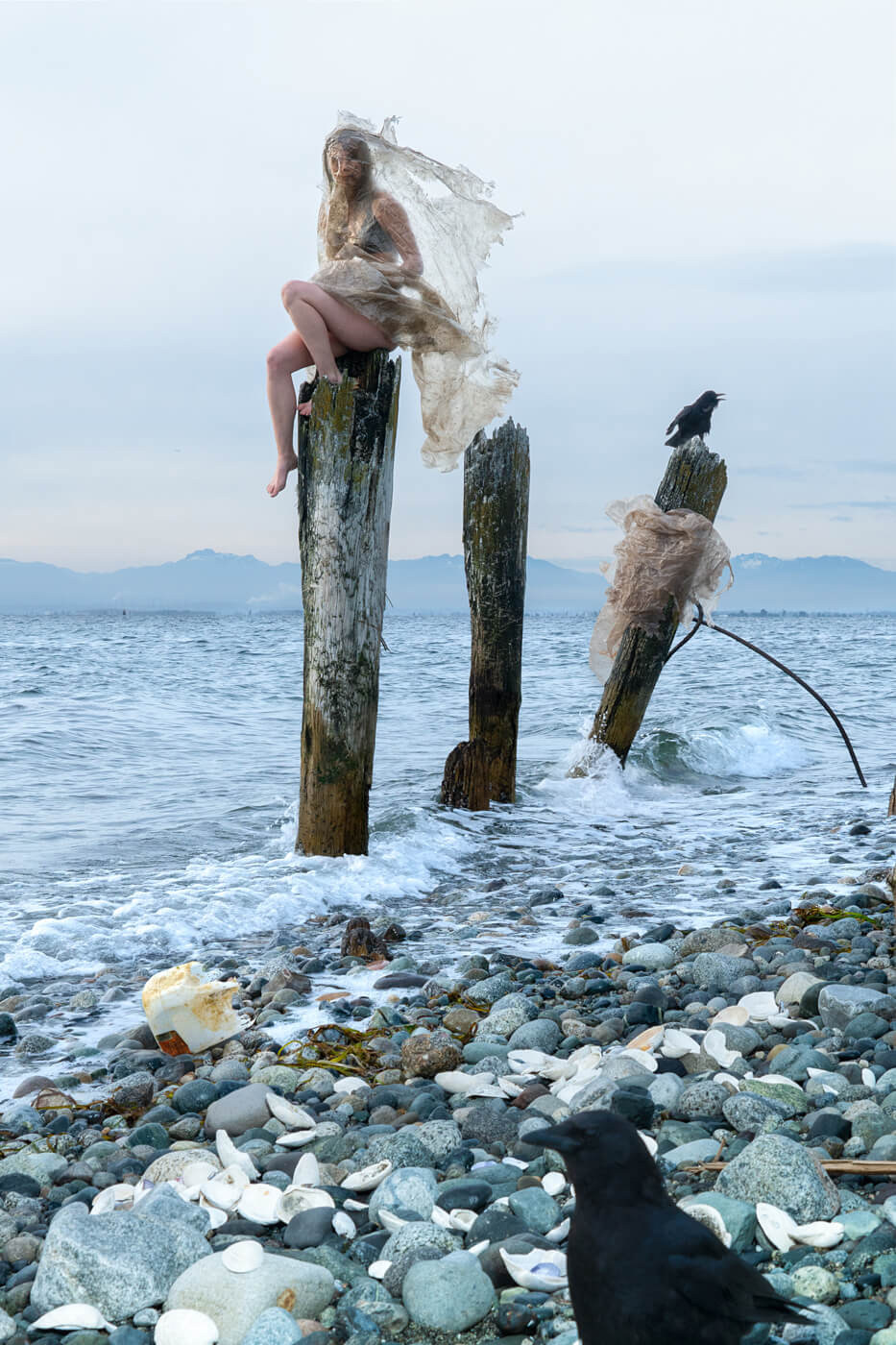
‘Point Roberts’
In your most recent series ‘I think you dropped something’ you reconstitute discarded trash into props and outfits, giving them a new lease of life and in doing so highlighting our easily-ignored relationship between consumerism and environmental damage. Can you tell us a little more about it?
Another thing Ami Vitale has said is that people are more inspired by positivity than fear and sob stories. Trash piling up everywhere can be harmful and scary but it also imbues a kind of magic-realism to natural landscapes. A lot of people don’t talk about it that way, but if you walk around a park and look closely you might see crazy things: I recently saw a tree that moved like an animal, because it was covered in decaying plastic that was so light it would wiggle when there was no perceptible breeze. The interaction between nature and plastic is creating a whole new reality that no one has ever seen before. I like to shoot litter ‘in its natural habitat’ to show how animals and plants are trying to adjust to it and work around it.
The series seems to be very much a ‘DIY’ project – you source the waste yourself, create your own garments from it, and model in your images. Is this idea of complete self-sufficiency interesting to you? Would you like to bring others into your work, either as subjects or collaborators?
I have been working alone out of necessity – it’s hard to find people who want to get up at 4am and do things like hang out with swans in a freezing pool of water for an hour. Over time though people have started asking me if I can take similar pictures of them, so I’ve started doing that. Having a subject other than myself lets me do more in some ways, but self-portraits still give me the most freedom in subject matter because I’m OK with doing almost anything. I would love to work with a gymnast or a dancer or someone athletic, because I could push them past the limits of what I can physically do right now.
In terms of self-sufficiency, it’s embarrassing to say but I love figuring out how someone could survive an apocalypse in the city. There used to be a huge emergency stash of canned foods and containers for collecting rainwater under my bed. I also collect my garbage (including things that can be recycled) and store it in my room, then weigh the bag and the end of the month and photograph it. It would be hypocritical to make statements about trash in my photography while not caring about my own personal consumption habits. So far I’m down to one or two small grocery bags of combined garbage and recycling per month, but it’s takes a lot of time and effort to maintain that level. It’s a humbling experience.
What can we expect from you next Sage?
I’m opening a photo studio in Toronto. It’s going to be a portrait studio but also an extension of what I am doing right now, so the style and art direction will be similar to my self-portrait work. I like to keep things small: no crew, no assistants, just me and whoever is in front of the camera. This makes the photos more personal and is less distracting or intimidating for the person being photographed. I’ll keep doing my self-portraits as well.
And finally, thinking about when you started out with photography, is there one piece of advice you’d now give to your past self?
Back at university I would have told myself: “switch your major to art history – you can teach yourself the technical side of art using Google!”
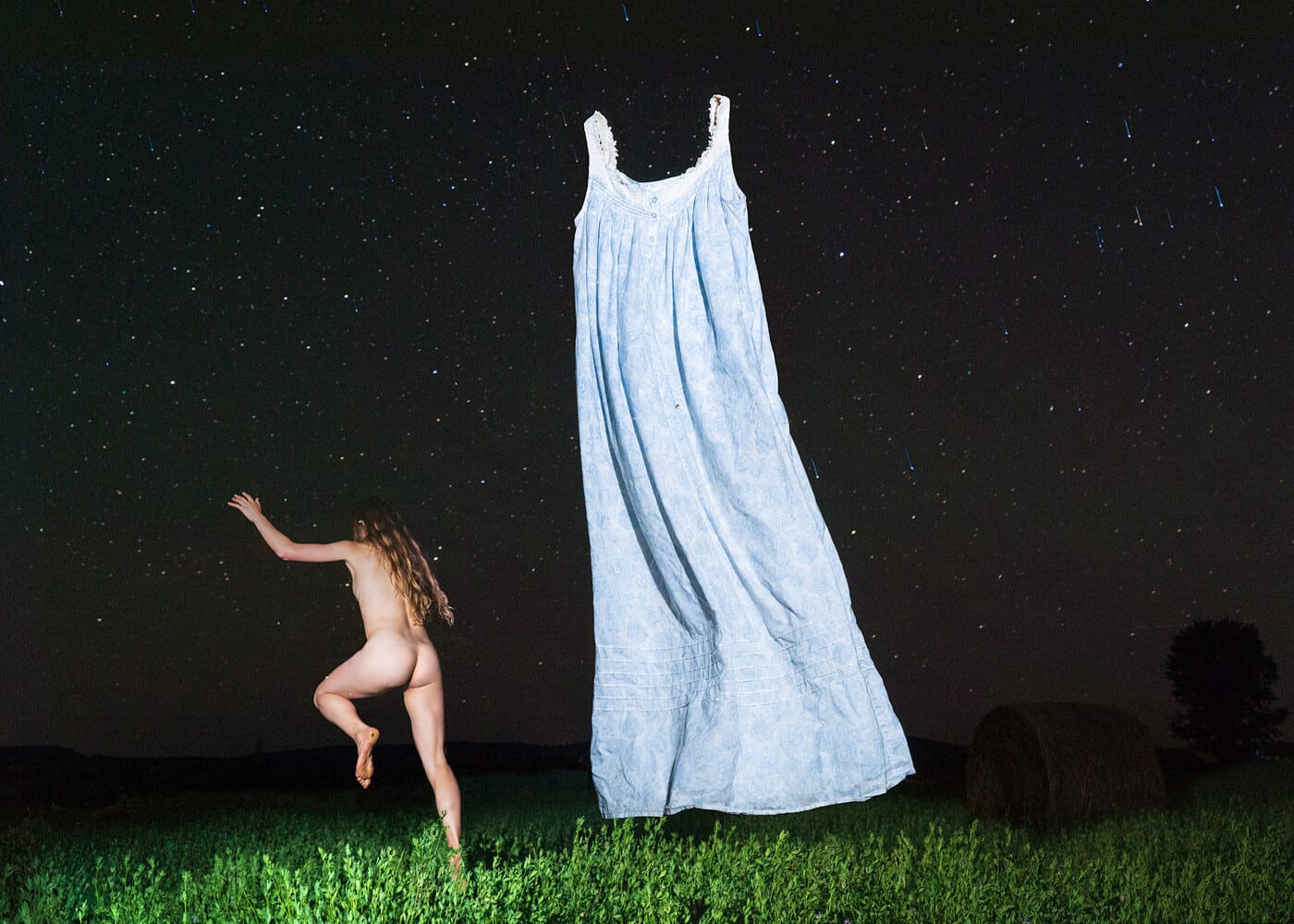
‘Naked Lady’
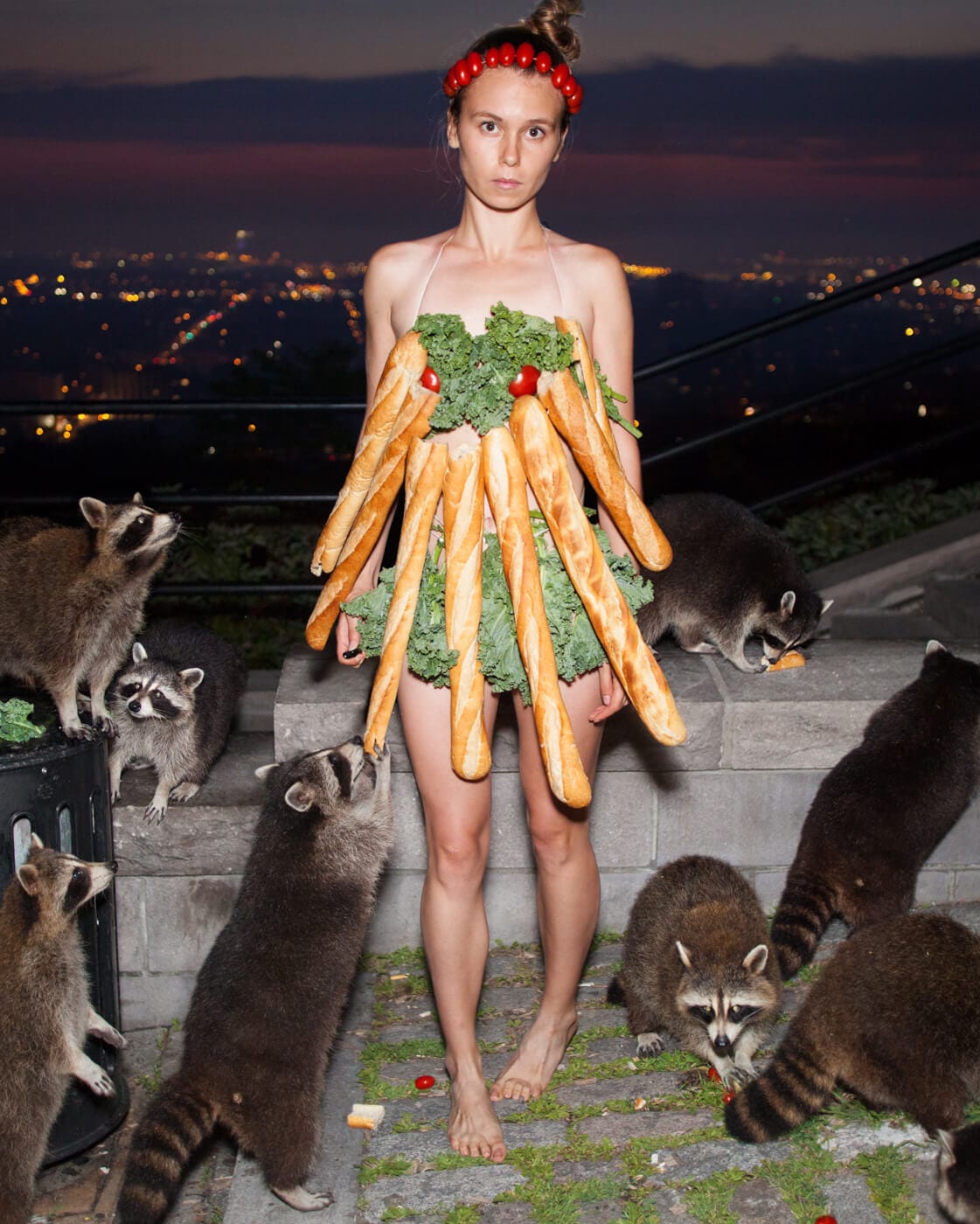
‘Montreal Vista’
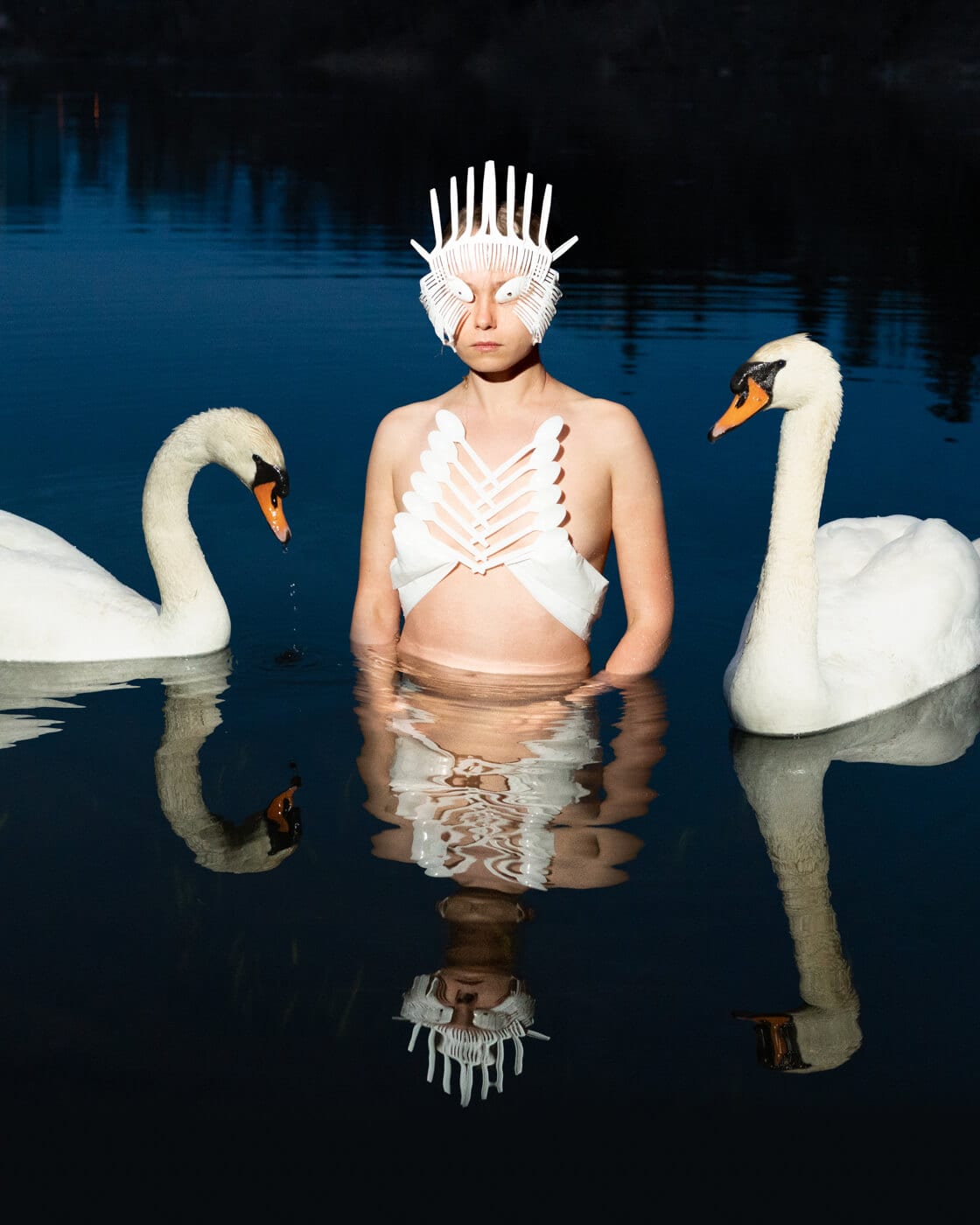
‘Urban Bath’
All images © Sage Szkabarnicki-Stuart
Follow her on Instagram: @sageszkstu and see more at https://sage.myportfolio.com/
